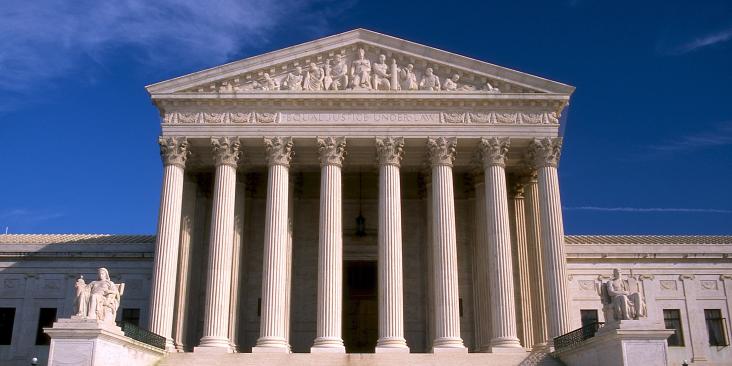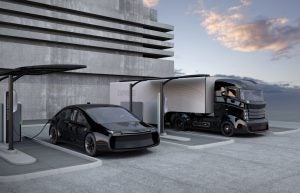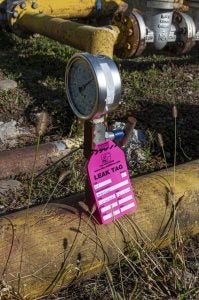 The U.S. Supreme Court’s recent climate change ruling has unfortunately restricted the tools available to EPA in its effort to address climate pollution from power plants. However, it’s also important to recognize that the ruling in no way changed EPA’s longstanding authority and duty to address climate pollution under the Clean Air Act to address climate pollution itself — including from new cars and freight trucks, industrial sources, new and existing power plants, and oil and gas development. And with respect to oil and gas pollution, this decision in no way impedes the agency’s ongoing and important efforts to reduce oil and gas methane pollution.
The U.S. Supreme Court’s recent climate change ruling has unfortunately restricted the tools available to EPA in its effort to address climate pollution from power plants. However, it’s also important to recognize that the ruling in no way changed EPA’s longstanding authority and duty to address climate pollution under the Clean Air Act to address climate pollution itself — including from new cars and freight trucks, industrial sources, new and existing power plants, and oil and gas development. And with respect to oil and gas pollution, this decision in no way impedes the agency’s ongoing and important efforts to reduce oil and gas methane pollution.
It remains critical that the EPA exercise its clear authority and obligation to move forward with protective climate standards, including its proposed rules to curb methane pollution from the oil and gas sector, which emits roughly 16 million tons of methane annually. Globally, methane from human sources is responsible for over a quarter of the warming we are experiencing today.
EPA’s authority to tackle methane pollution was reaffirmed by bipartisan majorities in Congress just last year, and the agency has commonsense, cost-effective tools at hand to address the health harms posed by oil and gas methane pollution, which in the U.S. alone has the near-term climate impact every year of 294 million passenger vehicles. Read More














